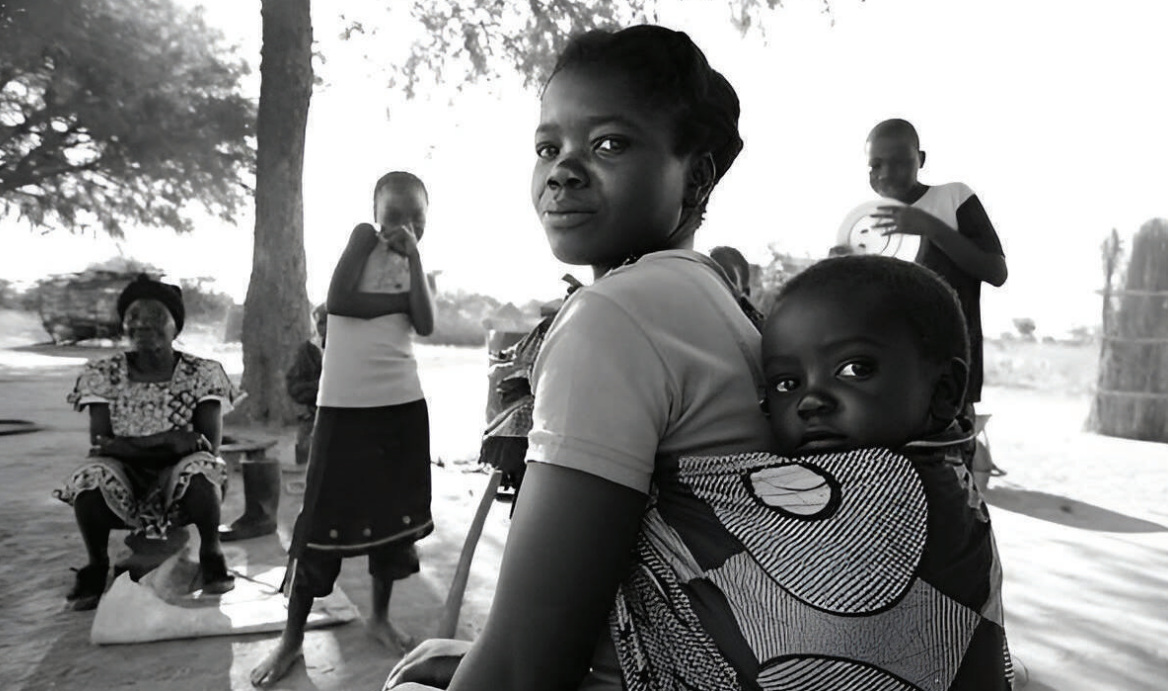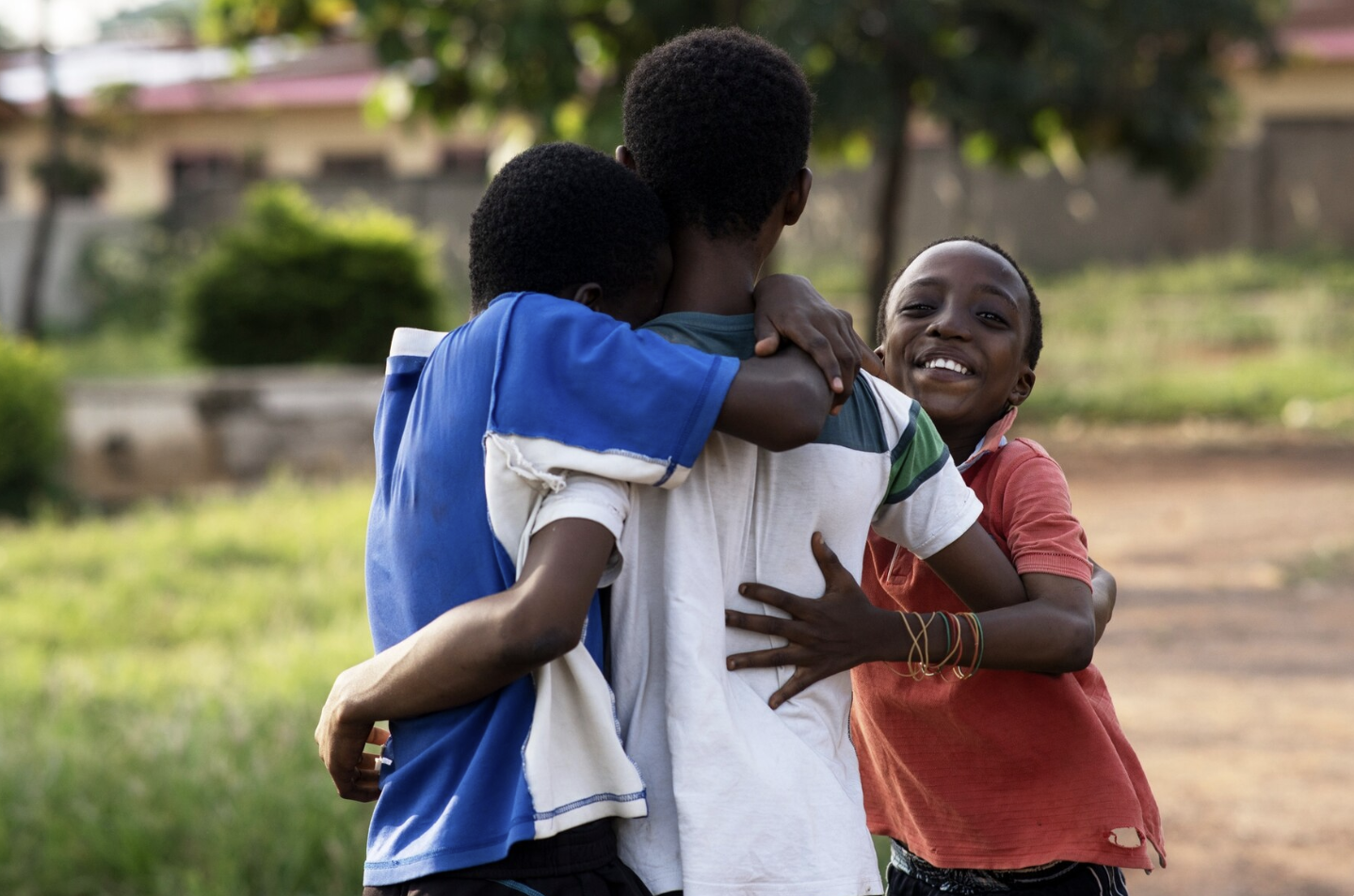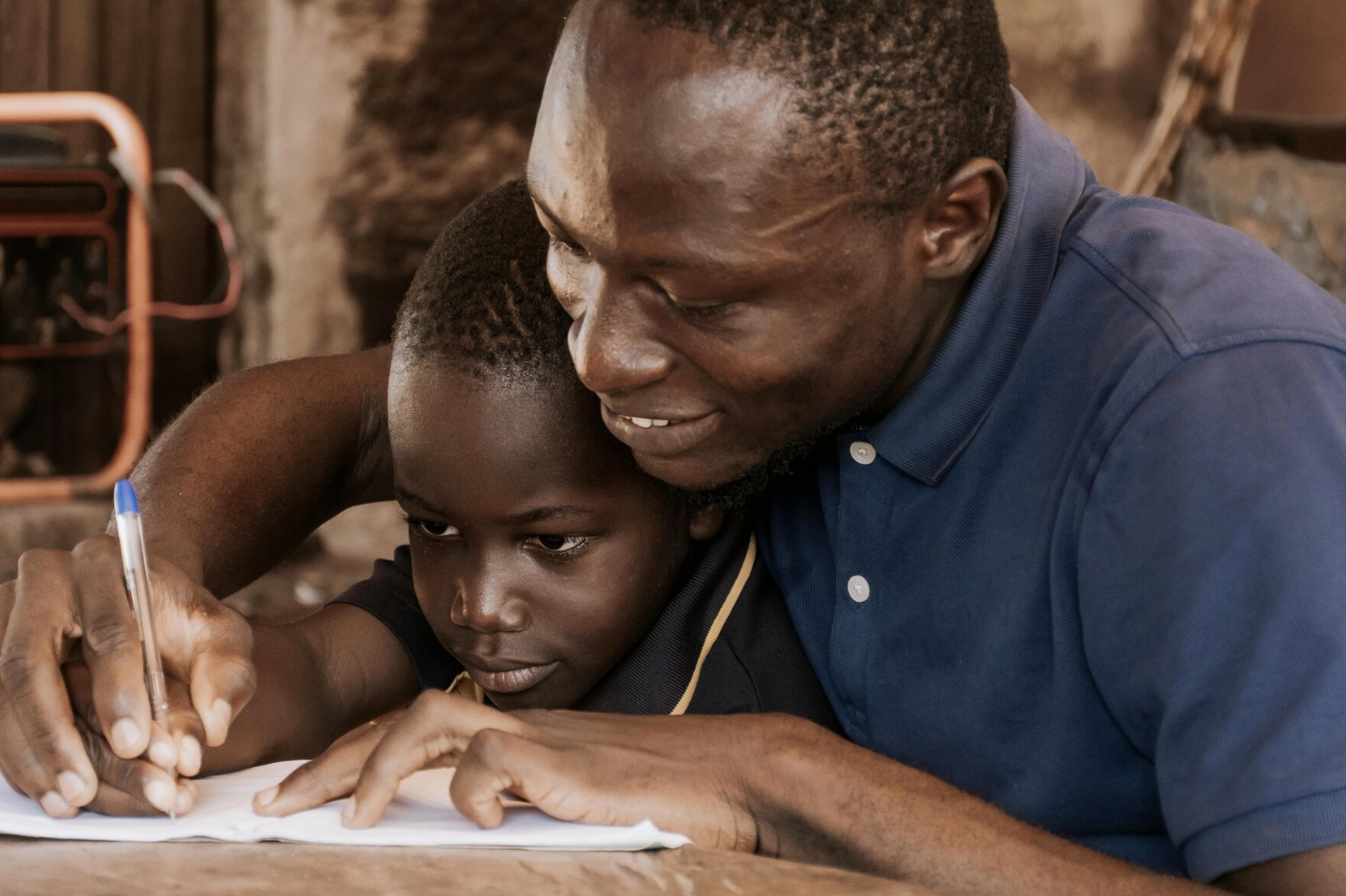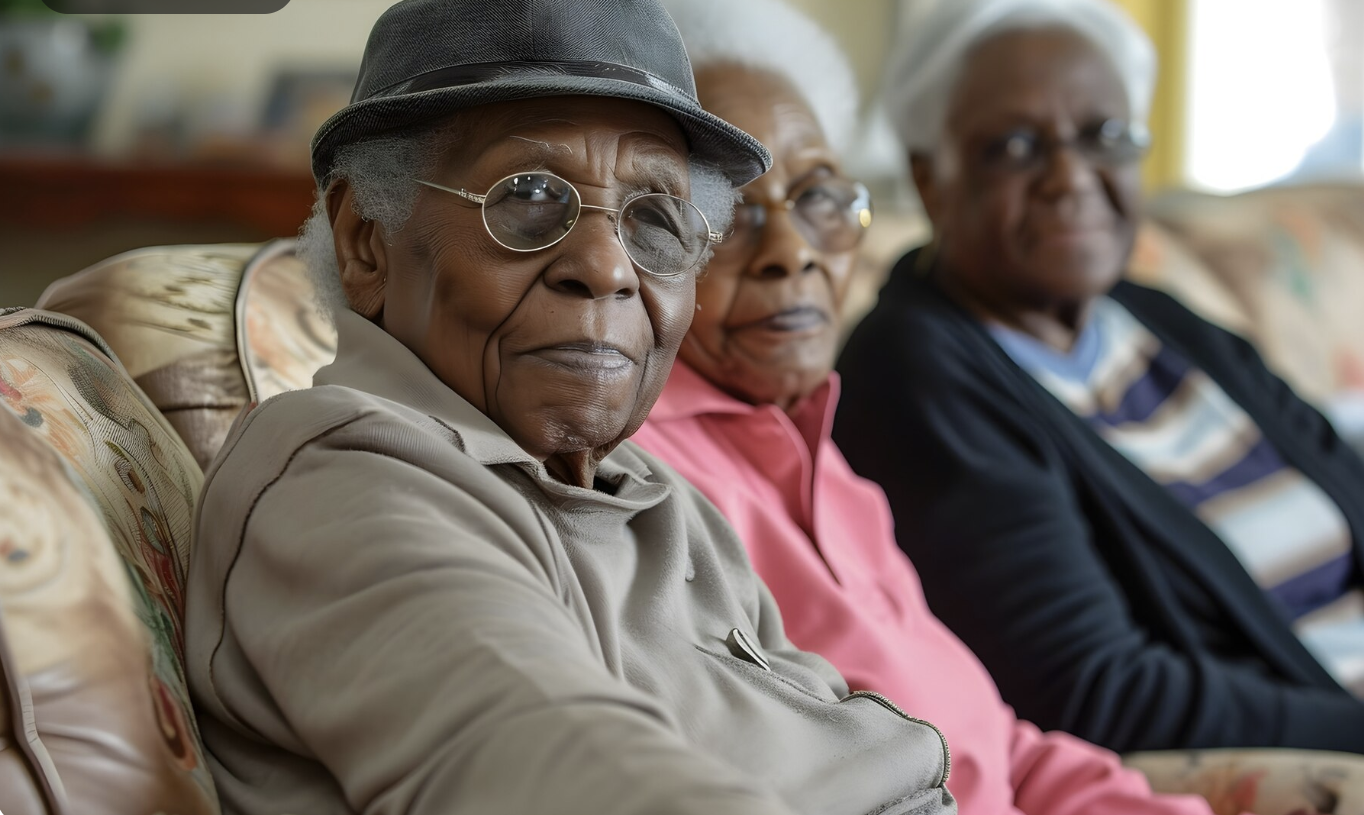 A family in rural Kenya. The real tragedy with most deaths? Almost every death in this grim calendar
can be delayed or prevented.
A family in rural Kenya. The real tragedy with most deaths? Almost every death in this grim calendar
can be delayed or prevented.
To be born in Kenya is to begin a life full of promise and risk. Each stage of life brings its dangers. There’s the breath that fails a newborn, the fever that takes a toddler, the accident that ends a youth’s dream, the cancer that cuts a breadwinner’s life short.
As the Kenya Vital Statistics Report 2024 shows, these deaths do not come as a surprise. They follow a cruel pattern that shadows Kenyans from their first cry to their final breath.
A total of 206,417 deaths were registered last year, and 54.9 per cent of these people breathed their last in health facilities.
“It is the responsibility of the medical practitioner signing a register of death to indicate which morbid conditions or injuries initiated the trail of morbid events leading directly to death and state antecedent conditions that are not related to the underlying cause,” the vital statistics report says.
Here is what it says ended the lives of the Kenyans who died in health facilities last year, from birth to old age.
Newborns (birth to 28 days)
In Kenya, your first breath could be your most dangerous. Prematurity and birth asphyxia remain the leading causes of death for babies under 28 days old. In 2024, the two claimed 3,985 newborns. “Prematurity and birth asphyxia were the leading causes of health facility registered deaths among neonates in 2020 through to 2024,” says the report, compiled by the Kenya National Bureau of Statistics from the country’s birth and death records.
The third killer was respiratory disorders, claiming a total of 1,011 babies.
These deaths tell a story of overstretched maternity wards, gaps in skilled birth attendance, and poor emergency care for tiny, fragile lives.
 In
Kenya, your first breath could be your most dangerous.
In
Kenya, your first breath could be your most dangerous.Infants (under one year)
Survive your first month, and new enemies emerge. Prematurity and birth asphyxia ¬- linked to complications at delivery - were still the main killers for infants, taking down 4,112 last year.
But now pneumonia also lurks close. It was the second cause of mortality last year (killing 1,912 infants). Other new threats include respiratory disorders, neonatal conditions, and sepsis.
Neonatal sepsis is a serious bloodstream infection that occurs when the body's response to an infection becomes extreme, leading to inflammation and potential organ damage.
All these conditions are preventable.
Under-fives: A battle with air and water
Among children aged one to four, prematurity and birth asphyxia remained the top killers (4,112) last year, followed by pneumonia and respiratory disorders. Other enemies include neonatal conditions, sepsis, gastroenteritis, anaemia, septic shock, meningitis, and malaria. These are diseases that vaccines, clean water, mosquito nets, and timely treatment should be able to control, yet they persist.
“Deaths associated with malaria were still among the top ten leading causes during the five years,” the report says.
 Children at a school playground.
Children at a school playground.School-age children: Anaemia, HIV, malaria
For children aged five to 14, new threats emerge as old enemies retreat.
Anaemia tops the grim chart with 362 deaths last year, with a significant portion from poor nutrition and underlying conditions like malaria. Pneumonia claimed 301 lives while malaria took down 242 children. Almost out of nowhere, cancer also climbs to position four, followed by injuries, meningitis, sepsis, kidney disease, heart disease and road crashes.
 Kenyan youth
meet their end mostly on the roads or through preventable violence.
Kenyan youth
meet their end mostly on the roads or through preventable violence.Teens and young adults: Roads and violence
Kenya’s young people aged 15-29 face the cruel twist of avoidable death. In 2024, injuries killed 1,303 youth in this age bracket, the leading cause for this age group. Cardiovascular diseases come second (602 deaths), followed by road traffic crashes ( 537) and anaemia ( 536).
The rest are pneumonia, cancer, HIV/Aids, haemorrhage, tuberculosis, and meningitis, respectively.
“There was an increase in cardiovascular disease-related deaths, leading to a rise from position six in 2023 to position two in 2024. In 2024, HIV/Aids emerged among the leading causes of death at position seven despite not featuring among the top ten between 2021 and 2023,” the report indicates.
 As Kenyans grow older, cancer takes hold as one of the top three killers.
As Kenyans grow older, cancer takes hold as one of the top three killers.Ages 30–49: The rise and rise of cancer
In Kenya’s prime working years, the killers shift. Cancer is now the top cause here, with 1,896 deaths in this age group last year. It’s followed closely by Injuries (1,753), heart failures (1,664), pneumonia (1351), HIV/Aids ( 1,330) and TB, anaemia, road crashes, kidney diseases and hypertension.
“Health facility registered deaths due to road traffic
accidents were highest among persons aged 30-49 years compared to all other age
groups,” the report says.
Ages 50–59: The Non-communicable tide
Between 50 and 59, lifestyle diseases and untreated conditions dominate. Cancer is again the top killer with 1,618 deaths, followed by cardiovascular (966). Pneumonia killed 719 people in this group in 2024 — proof that respiratory diseases remain potent, especially when chronic illnesses weaken immunity.
“HIV/Aids reappeared among the ten leading causes of death in this age group in 2024 after a three-year absence,” the report says. The other top killers are hypertension, kidney diseases, diabetes, heart disease, anaemia and injuries.
 Older Kenyans are claimed more by pneumonia, heart diseases, and undiagnosed cancers.
Older Kenyans are claimed more by pneumonia, heart diseases, and undiagnosed cancers.60 and Beyond: The last lap
In Kenya’s senior years, cancer holds firmly as the number one killer, taking down more than 4,633 people. Cardiovascular diseases come second (4,113), followed by pneumonia (3,926), hypertension (3,509), then kidney diseases, diabetes, heart diseases, anaemia, sepsis, and cerebrovascular diseases, respectively.
This is probably Kenya’s most deadly age group, with 42,517 deaths last year.
Together, all these numbers sketch a chilling map of Kenya’s mortality. At the start of life, the greatest risks are birth complications and infections. For school-age children, poverty-linked anaemia, HIV/AIDS, and malaria lead. Youth meet their end on the roads or through preventable violence. Adults die from diseases they could survive if detected early, like cancer and hypertension. And older Kenyans are claimed by pneumonia, heart diseases, and undiagnosed cancers.
 At least 200,000 deaths were recorded in 2024.
At least 200,000 deaths were recorded in 2024. The real tragedy? Almost every death in this grim calendar can be delayed or prevented with better care, safer roads, affordable screening, cleaner water, and working public health systems.
Experts say Kenya’s silent calendar of death should not be a
prophecy. It can be rewritten if the country acts.











